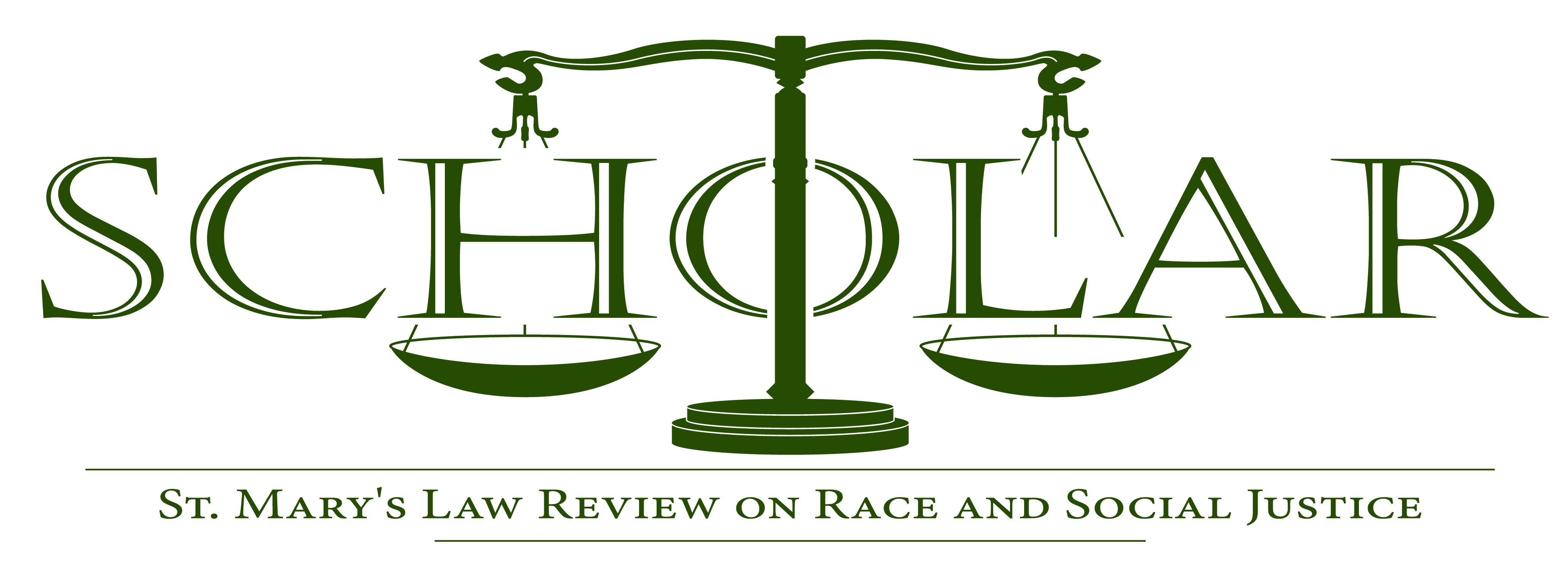
Abstract
When the first Europeans entered the land that would one day be called Texas, they found a place that contained more Indian tribes than any other would-be American state at the time. At the turn of the twentieth century, the federal government documented that American Indians in Texas were nearly extinct, decreasing in number from 708 people in 1890 to 470 in 1900. A century later, the U.S. census recorded an explosion in the American Indian population living in Texas at 215,599 people. By 2010, that population jumped to 315,264 people.
Part One of this Article chronicles the forces contributing to the demise, survival, and renaissance of the American Indian in Texas. Part Two focuses on a recent federal case, McAllen Grace Brethren Church v. Salazar. This case grew out of a 2006 incident involving the seizure of eagle feathers by a federal agent at a powwow in McAllen, Texas. It represents a high-water mark in the Texas Indians’ struggle to retain their identity, culture, and religious practices.
The author served as counsel for the Indians for nearly eleven years of litigation before the feathers were returned and the Indians’ rights to celebrate their culture and to practice their American Indian religion were confirmed and validated by the United States District Court for the Southern District of Texas, McAllen Division and the United States Court of Appeals for the Fifth Circuit.
Last Page
146
First Page
51
Date Created
June 17, 2019
Journal Title
The Scholar: St. Mary's Law Review on Race and Social Justice
Recommended Citation
Milo Colton,
Texas Indian Holocaust and Survival: McAllen Grace Brethren Church v. Salazar,
21
The Scholar
51
(2019).
Available at:
https://commons.stmarytx.edu/thescholar/vol21/iss1/2
Volume Number
21
Issue Number
1
Publisher
St. Mary's University School of Law
Editor
Riley F. Tunnell
ISSN
1537-405X
Included in
American Studies Commons, Animal Law Commons, Constitutional Law Commons, Criminal Law Commons, Criminal Procedure Commons, Criminology and Criminal Justice Commons, Cultural Heritage Law Commons, First Amendment Commons, Fourteenth Amendment Commons, History of Religion Commons, Holocaust and Genocide Studies Commons, Indigenous, Indian, and Aboriginal Law Commons, Indigenous Studies Commons, Law and Race Commons, Law and Society Commons, Legal History Commons, Legal Remedies Commons, Other Religion Commons, Race and Ethnicity Commons, State and Local Government Law Commons, United States History Commons

